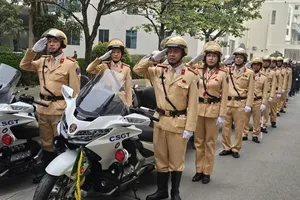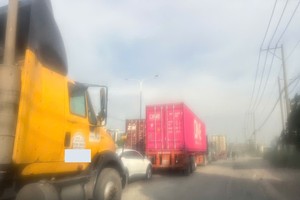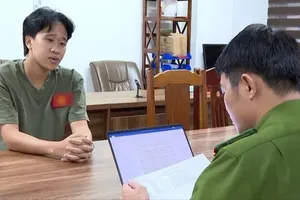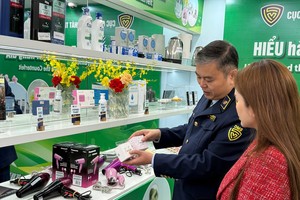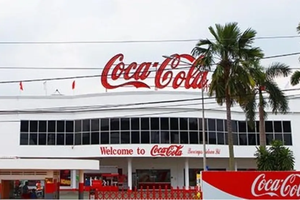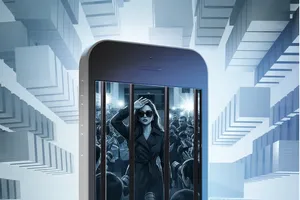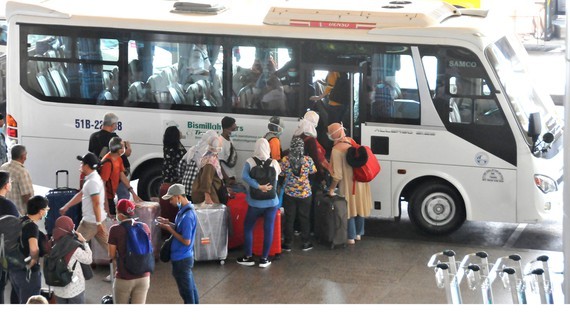
App-based services can no longer avoid taxing
According to the new decree, licensed taxis will have to equip a 12cm x 30cm light box on their roofs, or have reflective stickers with the phrase “XE TAXI” on the front and rear glass, the minimum sticker size being 6cm x 20cm.
In addition, vehicles from passenger transport business must have similar stickers on the right side of their front glass, along with all information of the vehicle for passengers to see from the inside. These rules aim at discouraging unlicensed taxi drivers.
For taxis already using meters, the meter must be verified and clamped by a competent authority and come with a receipt printer, both devices visible to the passengers’ line of sight. Receipts given to passengers at the end of the ride must contain name of the transport business, vehicle’s license plate, distance traveled in kilometers and the total amount payable.
Additionally, drivers that utilize ride-hailing apps must have a device to connect directly with passengers when they book or cancel a trip, and the fare calculation software must comply with regulations on electronic transactions and accurately reflect the distance traveled to avoid rigged numbers.
The passenger interface must give passengers, along with info on the driver, vehicle and routes, the phone number of appropriate complaint centers, which a lot of drivers for Grab and similar ride-hailing services had avoided doing prior to Decree 10/2020.
The new Decree will also force these businesses to send electronic invoices to passengers and related payment info to tax agencies in accordance with regulations from the Minister of Finance.
Cameras to be installed on passenger vehicles
Regarding authorization of vehicles, all passenger cars must be legally owned by drivers contracted with a verified business or cooperative, or duly operated under written vehicle rental contracts. As such, unregistered family businesses will not be recognized as lawful and be subjected to penalties, unless they become member of an authorized cooperative.
In addition, passenger vehicles following fixed routes must be able to facilitate 9 passengers or more including the driver. Operation is only allowed for vehicles that have been in service less than 15 years (from the year of manufacture) on regular routes longer than 300km, and less than 20 years on routes 300km-long and below.
More notably, the Decree states that from July 1, 2021, all passenger cars with 9 seats or more must be equipped with cameras, and the footages appropriately stored for fixed period of time. Such images and footages could later be provided to police authorities, traffic inspectors and licensing agencies as evidence in case of dispute.

